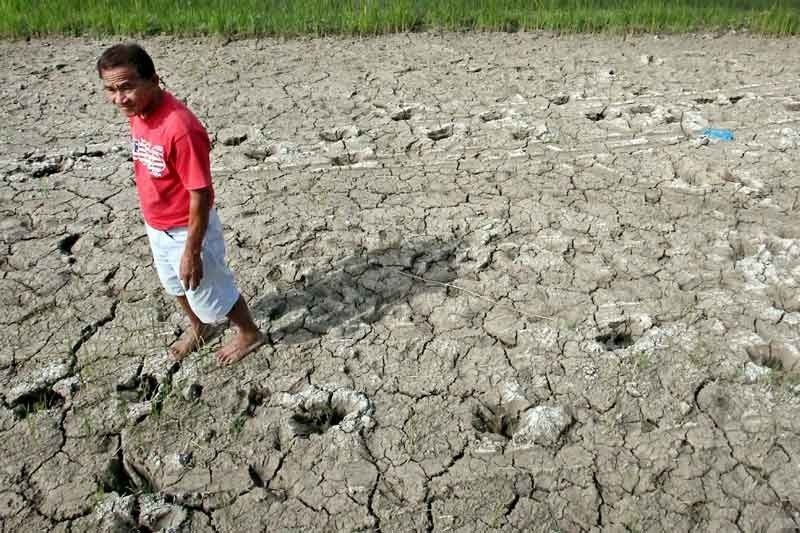Climate change to leave 150 million in need of aid

UNITED NATIONS – In a little over a decade, the number of people who will need humanitarian aid due to climate change may reach 150 million per year, according to a new report by the International Federation of Red Cross and Red Crescent (IFRC).
The report, titled The Cost of Doing Nothing, revealed that the amount needed for humanitarian aid to victims of climate change-related disasters could balloon to $20 billion per year by 2030, up from the current $3.5 billion to $12 billion per year spending.
“By 2050, 200 million people every year could need international humanitarian aid as a result of climate-related disasters and the socioeconomic impact of climate change. This is nearly twice the estimated 108 million people who need help today from the international humanitarian system because of floods, storms, droughts and wildfires,” the IFRC said.
“Even in 2030, which is only a decade away, this number could increase almost 50 percent. If we let the number of people in need increase, there will be a hefty price tag,” it added.
The data were a result of the analysis conducted by the IFRC and leading climate scientists and economists.
The IFRC noted the figures could even be conservative estimates as not yet factored are the potential future impacts and costs of epidemics and heat waves.
“Climate change poses a unique double threat to vulnerable communities. It leads to more frequent, intense and unpredictable extreme weather events like floods, droughts and extreme heat,” the report, which featured images of the impact of typhoons in the Philippines, read.
“Its macroeconomic impacts could reduce incomes and resilience among the world’s poorest, leaving them less able to manage shocks and more reliant on international assistance,” it added.
But the IFRC said there is still time to reduce cost of humanitarian aid by taking action now, such as by reducing long-term vulnerability and exposure of infrastructure that may be affected by climate change-driven disasters.
It also highlighted the need for better early warning systems to reach vulnerable communities, as well as new creative mechanisms for financing humanitarian response.
“Investment in climate adaptation can greatly reduce the impacts of climate change, especially when adaptation measures prioritize the poorest and most vulnerable,” it said.
“The steps that are taken after a climate emergency can greatly reduce the impact of future hazards. Taken together, these measures will save money and, most importantly, save lives and reduce suffering for millions of people,” it added.
Doing something, according to the IFRC, could lower the number of people in need of humanitarian assistance to 68 million per year in 2030 and further to 10 million per year by 2050.
“These differences show that rapid, inclusive, and climate and disaster-risk informed development can significantly reduce both climate change impacts and the cost of humanitarian aid,” it said.
- Latest
- Trending































